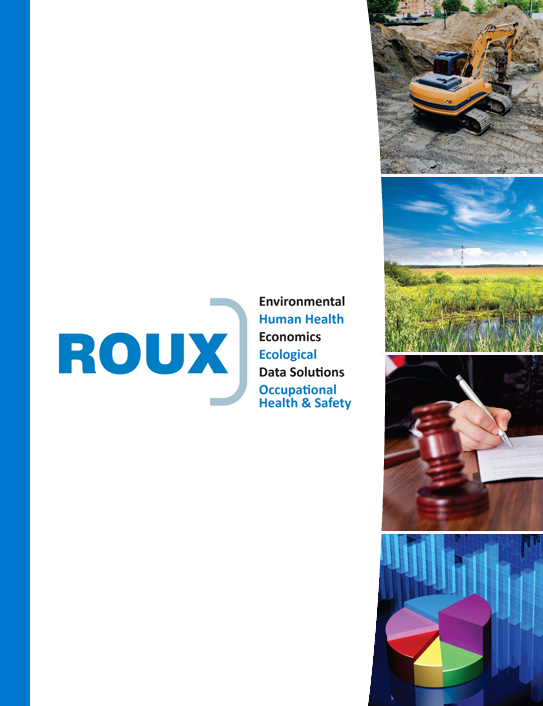Can Co-mingled Plumes be Divisible Under CERCLA?
New CERCLA Ruling Affirms Divisibility and Apportionment of Co-mingled Groundwater Plume
There are a limited number of CERCLA divisibility rulings on the books, and even fewer where the courts affirmed divisibility of harm. Last week, the US District Court in the Southern District of Indiana ruled that responsibility for co-mingled chlorinated solvent groundwater contamination was divisible based on technical factors, and then allocated past and future costs among responsible parties. Roux’s own Adam Love, Ph.D. was the Testifying Expert in this case, who successfully opined that the co-mingled plume was divisible. Dr. Love then developed an apportionment of liability which the judge based the ultimate allocation upon, after applying equitable factors:
“This evidence, detailed in Dr. Love’s report and then explained from the witness stand at trial, confirmed the conclusion the Court reached in its Entry on the Parties’ Cross-Motions for Summary Judgment that the harm in this case is divisible and a reasonable basis for its apportionment exists.”
This appears to be the first CERCLA case where co-mingled groundwater was successfully demonstrated by a Technical Expert to be divisible, and provides an important affirmative ruling for future CERCLA cases involving divisibility and apportionment/allocation.
This ruling is a timely addendum to Roux’s March webinar “Split the Check, Please: Dividing Cleanup Costs Among Responsible Parties” presented by Chase Gerbig Ph.D. and Adam Love Ph.D., where they presented the overall approach along with some site-specific case studies for how such technical methodologies to divisibility and allocation may be applied.
If you are interested in a copy of this recent ruling: Von Duprin LLC v. Moran Electric Service, Inc. et al. United States District Court, Southern District of Indiana – Indianapolis Division. Case No. 1:16-cv-01942-TWP-DML; or if you’d like a copy of the Remediation Journal article, “Allocating cleanup costs among potentially responsible parties” co-authored by Gerbig and Love, which the webinar was based upon, please fill out the form below and we will send you a copy as requested:
